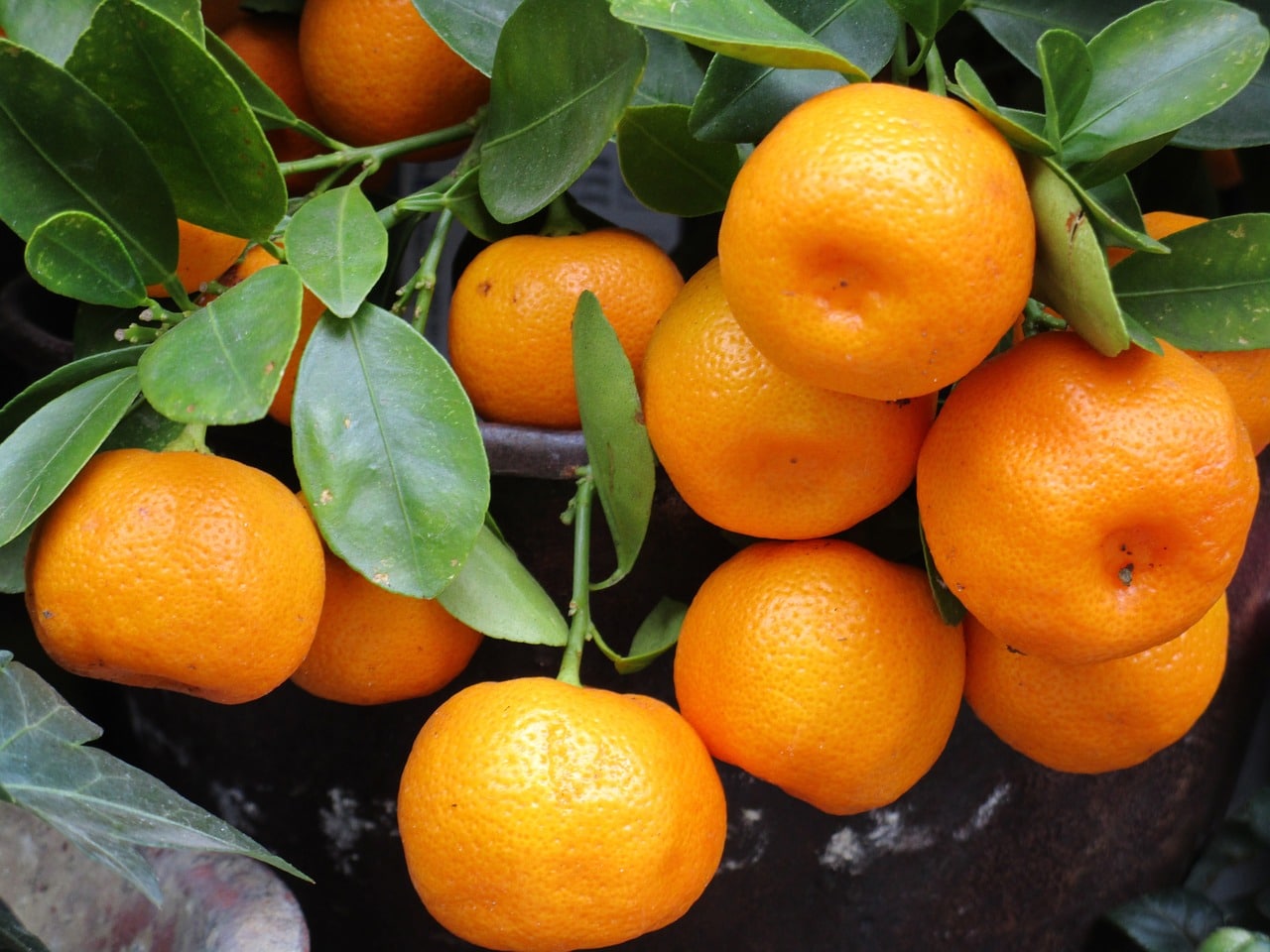Seed World asked the question, “how does intellectual property impact research?” One expert turned this question on its head.
For consumers and even some within the industry, there’s the notion that the use of intellectual property (IP) and all the intricacies that come with it delay and/or hurt product innovation and the ability of plant breeders and companies to get beneficial products into the hands of farmers. Seed World went to the experts who work on this day in and day out to hear their thoughts and find out if this is true.
While the experts agree that it does take time, the innovation process is not hindered by the process — quite the opposite, according to one gent.
Researchers need to be aware of intellectual property.
“Researchers need to be aware of all the different types of IP and how they might be used,” says John Schoenecker, HM.CLAUSE director of intellectual property.
“These include PVPs (plant variety protection), utility patents, copyrights, trademarks, patents and Plant Breeders’ Rights,” Schoenecker says. “The different types of IP and how they are used will determine a researcher’s freedom to operate.”
Barry Nelson, who is a senior researcher at DuPont Pioneer, now Corteva Agriscience, says researchers need to ask three questions:
- Do I have access to the germplasm or technology?
- Are there limitations on the handling of the material?
- If so, what are they?
If you’re working with material from somebody else, Nelson says it’s important to understand the restrictions that come into play and what kind of language is in the contract.
Nelson says there needs to be a review process that occurs; this might be a patent search and review of agreements.
“Whether it’s internal or external, you need to get a legal opinion on how existing patents relate to material you want to use,” he says. “It’s not easy to understand for a lay person, so I recommend using a legal resource to review and help make sure you are in the clear and have the freedom to operate.
“Internally, the process is pretty quick, but it really depends on the situation. Here, we automatically flag material if someone is trying to ship it. It may be settled with a two-minute phone call or it could turn into an exhaustive search, taking a few months.”
Nelson advises researchers to always be recording their processes, whether it’s how something is done or the results of the process.
“In the back of your mind, always be asking ‘Is there something here that could be patentable or a trade secret?'” he says.
He reminds researchers that whatever is done in the lab has to translate to the field.
“You have the same freedom to operate issues [in the field] as you do in the lab,” Nelson adds.
From a researcher’s point of view, just shipping seed can be fairly complex, phytosanitary issues aside, he explains. With traits, you have to know where they can be moved. You don’t want to move seed to a location where you don’t have IP rights, and it may even be illegal to test them there.
As a researcher, Cecilia Chi-Ham, who serves as HM.CLAUSE director of innovation within the IP team, says it’s important to know what’s required by law and what’s the culture of the company.
“The best practice in business is to respect each other,” Chi-Ham says. “This becomes an unwritten rule of respecting other’s IP — the tone of the company is very important.”
Schoenecker adds that Groupe Limagrain has made it very clear to employees that “we respect IP, and we want others to do the same.”
Nelson says they have a team focused on compliance: regulatory, phytosanitary and legal.
“You need to be consulting with these people regularly,” he says, adding that the management team needs to be in tune with the compliance team and do thing the right way to get beneficial products to the grower.
Built-In Process
Complying with and setting yourself up for success with IP is certainly another step that researchers must deal with, the experts acknowledge.
Again, Nelson says, if you think there’s something there, get someone involved to take a look at it and better understand what you’re working on.
Schoenecker adds that it’s important to start documentation as early on in the process as possible.
“It’s really part of the whole innovation chain and breeding cycle,” Nelson shares. “You must ensure that aspect is covered. The last thing anyone would want to happen is have an invention slip through the cracks.”
From a researcher’s viewpoint, it’s just part of the process these days. Review what you’re working on with those in leadership and on legal teams.
Speed to Market
Overall, Nelson believes that IP enhances speed to market.
“Companies recognize it’s part of the process, so they’ve made it a part of the process early on. It should not be a limitation,” he says, explaining that many companies start the process early enough that it doesn’t delay the launch of a product to farmers or growers. “If the ball does get dropped, it could certainly slow things down.”
This goes back to licensing, and can be country by country. For example, if we want to operate in Brazil with soybeans but we don’t have the freedom to operate, then we would need to approach the license holder. We are seeing more and more licensing to help get the best products and the best technology out there and into the hands of growers.
In fact, Nelson says licensing and product development is happening to help fight resistance and mitigate damage by pests. After all, we are all in this game together, he says.
Does IP Hurt Our Ability to Feed the World?
“When you sell a seed, you’re basically selling a blueprint to your invention,” Schoenecker says. “It’s really critical to protect the investment in that invention and the value it has in the marketplace.
“This also means you must establish IP in
countries that are important to your business, recognizing that you’re giving up control where you don’t have IP established. I believe IP can spark innovation and invention around the world.”
For example, Schoenecker points to Coca-Cola’s trade secret cola recipe. IP can be very powerful in its many forms, but he says it must be maintained.
In the world of seeds, tomatoes are easy to reproduce. Schoenecker explains that you can graft and grow a disease resistant rootstock and end up with literally hundreds of plants from just a few seeds. A breeder could lose their invention through grafting, unless he or she has established PVP, PBR on that variety.
In the United States, Schoenecker says breeders have the luxury of patenting varieties and hybrids.
“Companies do it, universities do it, and organizations are doing it,” he says. “With patent and PVP in the U.S., yes, we as breeders have exclusive rights to that material for a period of time.”
After that time period, Nelson says the material is submitted to the U.S. Department of Agriculture and the GRIN system, which can be accessed by researchers around the world at no cost.
The other side of this is there are developing markets and their IP systems are just not ready or are in their infancy. IP is more than just getting a patent or PVP certificate, Nelson says.
“It’s having the ability to protect your patent,” he explains. “It’s surveillance, and it’s enforcement.
“Within a given country, is there a surveillance system? Does the government use surveillance to determine the use of? Is there an enforcement mechanism in place? If the penalty isn’t strong enough to deter bad actors, then they don’t have a complete IP system in place.”
For example, Nelson says Corteva Agriscience won’t take its best-performing germplasm in markets, such as China, Russia and Ukraine, where there are not full IP systems in place.
In fact, Nelson prefers to turn the question of IP hurting the industry’s ability to feed the world on its head.
“The lack of IP and incomplete IP infrastructures has hurt the efforts of feeding the world,” he says. “We would certainly look at taking new products and materials to areas where they’ve previously not been protected.”
But this problem, he says, isn’t just related to agriculture; it crosses many industries.
“Strong IP is really key to feeding the world,” Nelson says. “Seed security is food security.”











